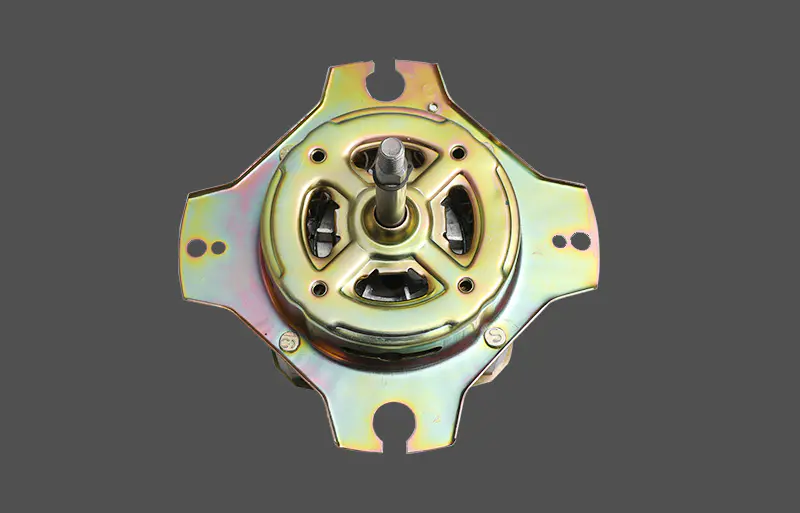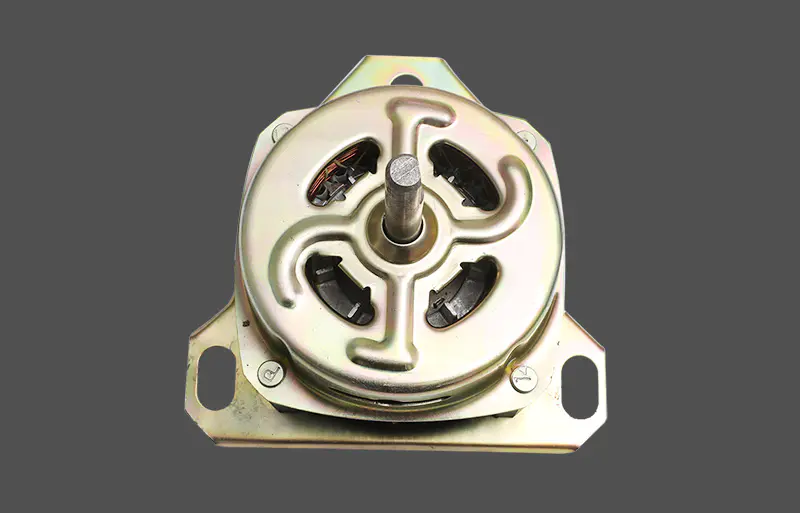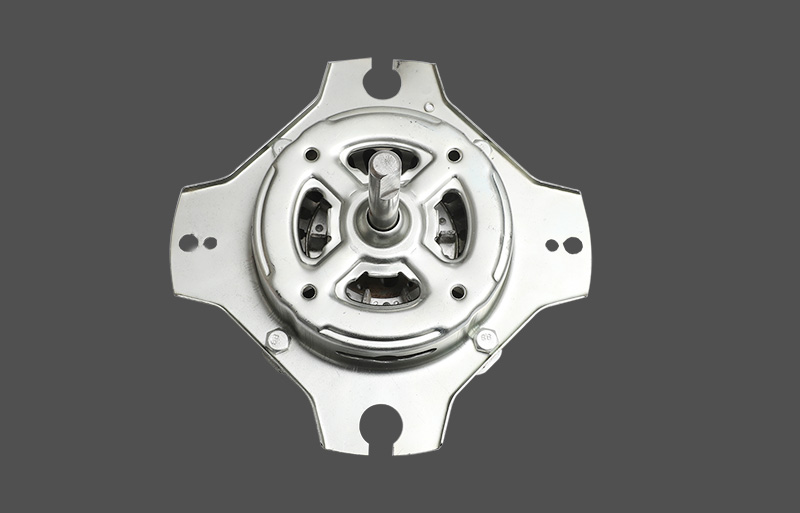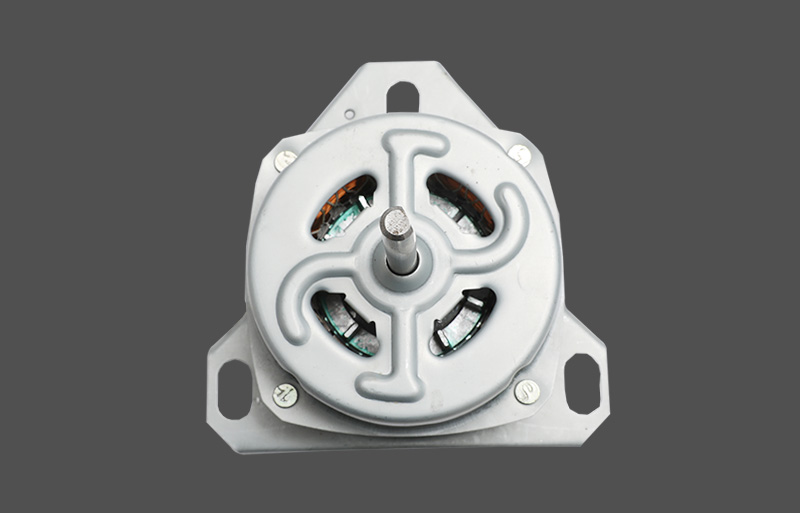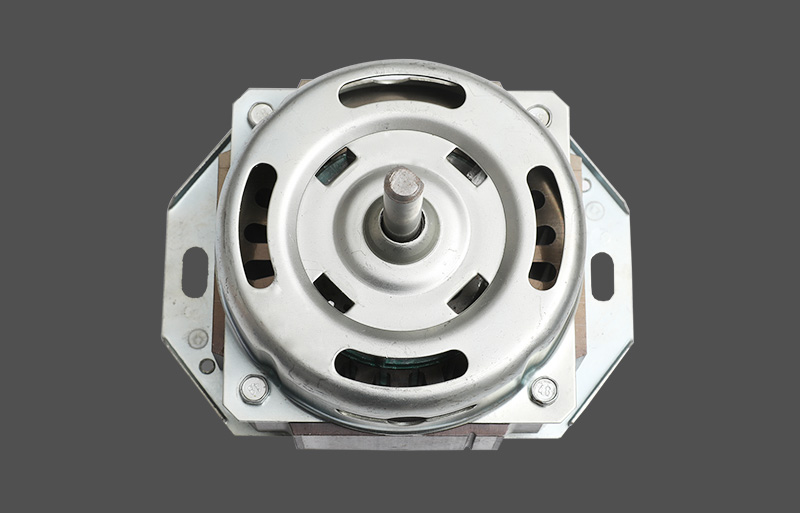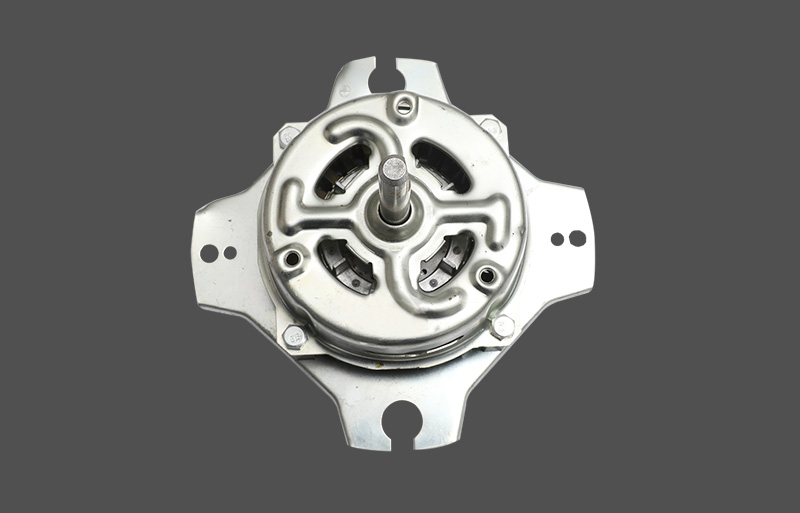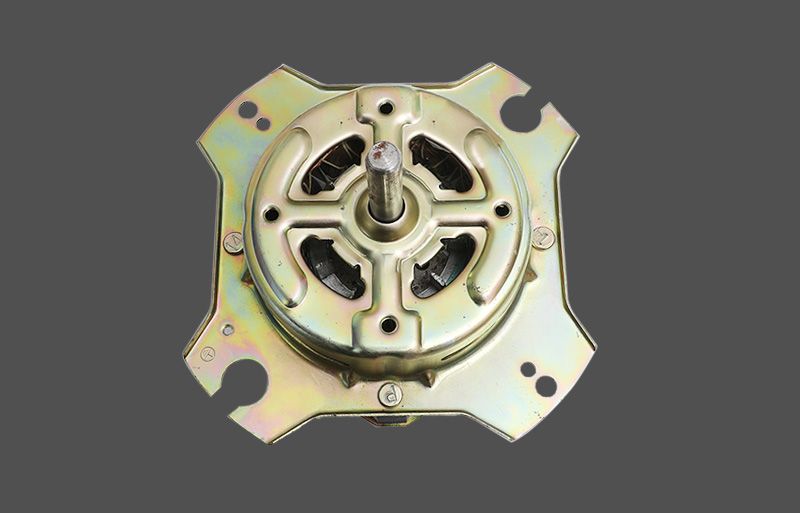The ventilator motor is a core component of modern medical respiratory assistance devices, directly impacting the accuracy and stability of airflow output. With the continuous development of non-invasive ventilators, invasive ventilators, and high-flow oxygen therapy equipment, the performance and long-term stability requirements of the motor are becoming increasingly stringent. The motor generates significant heat at high frequencies. Poor heat dissipation can lead to reduced efficiency, control system malfunction, and even motor damage. Therefore, effective and efficient heat dissipation is crucial for ensuring reliable ventilator motor operation.
Common Ventilator Motor Cooling Methods
Natural Convection
Natural convection is the most common heat dissipation method. It dissipates heat through the temperature difference between the motor surface and the surrounding air. This method is suitable for low-power, small ventilator motors, requires no additional heat dissipation components, offers a simple structure, and reduces maintenance costs. The housing is typically made of aluminum alloy or a metal housing with fins to enhance heat dissipation efficiency. High convection requirements require smooth air circulation within the device.
Forced Air Cooling
Forced air cooling uses an external or internal fan to create a directional airflow, accelerating heat removal from the motor surface. It is suitable for medium-power, high-speed ventilator motors. Air cooling can significantly improve heat dissipation efficiency and keep motor winding temperatures within safe limits. Ventilator designs typically incorporate small axial or centrifugal fans in the fan side ducts or around the motor. The air cooling structure must balance airflow paths, noise control, and spatial layout.
Liquid Cooling
Liquid cooling uses a coolant (such as pure water or ethylene glycol solution) to circulate through closed pipes to remove heat. It is primarily used in high-power, continuously operating industrial or critical care respiratory systems. A liquid cooling system includes components such as a coolant pump, heat exchanger, and cooling plates. Liquid cooling offers high heat dissipation efficiency, stability, and minimal temperature fluctuations, but it is complex, expensive, and requires high maintenance. It is generally not used in home or mobile ventilators.
Heat Pipe Cooling
Heat pipes are a heat dissipation technology that utilizes the principle of phase change to rapidly conduct heat. They are suitable for compact but heat-intensive ventilator motors. A small amount of fluid is filled within the heat pipe, which rapidly transfers heat through heat absorption and condensation. Heat pipes can be combined with air cooling or natural convection to improve overall heat dissipation efficiency. Heat pipe cooling requires strict motor layout requirements, and thermal simulation modeling is required during the initial design phase. This method is suitable for applications requiring centralized cooling of heat-sensitive motor parts.
Adding heat sinks to the motor housing or controller board is a cost-effective, reliable, and traditional method. This method accelerates heat exchange by increasing the heat dissipation area. Heat sinks are typically made of aluminum or copper and often feature needle-shaped, fin-shaped, or honeycomb-shaped shapes. Combined with natural convection or air cooling, this method offers optimal cooling performance. This method is suitable for embedded ventilator systems with limited space but high heat dissipation requirements.
Key Factors in Selecting a Cooling Method
Selecting the appropriate cooling method for a ventilator motor requires comprehensive consideration of several factors:
Motor power rating
Ambient operating temperature and humidity
Equipment operating load frequency
Dimensional and installation space constraints
System noise requirements
Cost budget
Reliability and maintenance cycle
In actual product development, thermal simulation analysis is often performed to evaluate the temperature rise of different cooling designs under varying loads to ensure that the motor's operating temperature remains below its insulation class standard (e.g., Class F, Class H).
Medical Industry Standards for Heat Dissipation
As medical devices, ventilators must comply with multiple electrical safety and temperature rise standards, such as IEC 60601-1 and ISO 80601-2-12. These standards impose stringent requirements on the heat dissipation performance of the motor and its control components, including upper limits on motor surface temperatures, overheat protection devices, and insulation aging lifespan. The design must ensure that the motor does not overheat under the harshest operating conditions, thereby maintaining airflow control accuracy and the long-term operational stability of the device.





